Natural stone foundation: ingenious and almost like Lego!
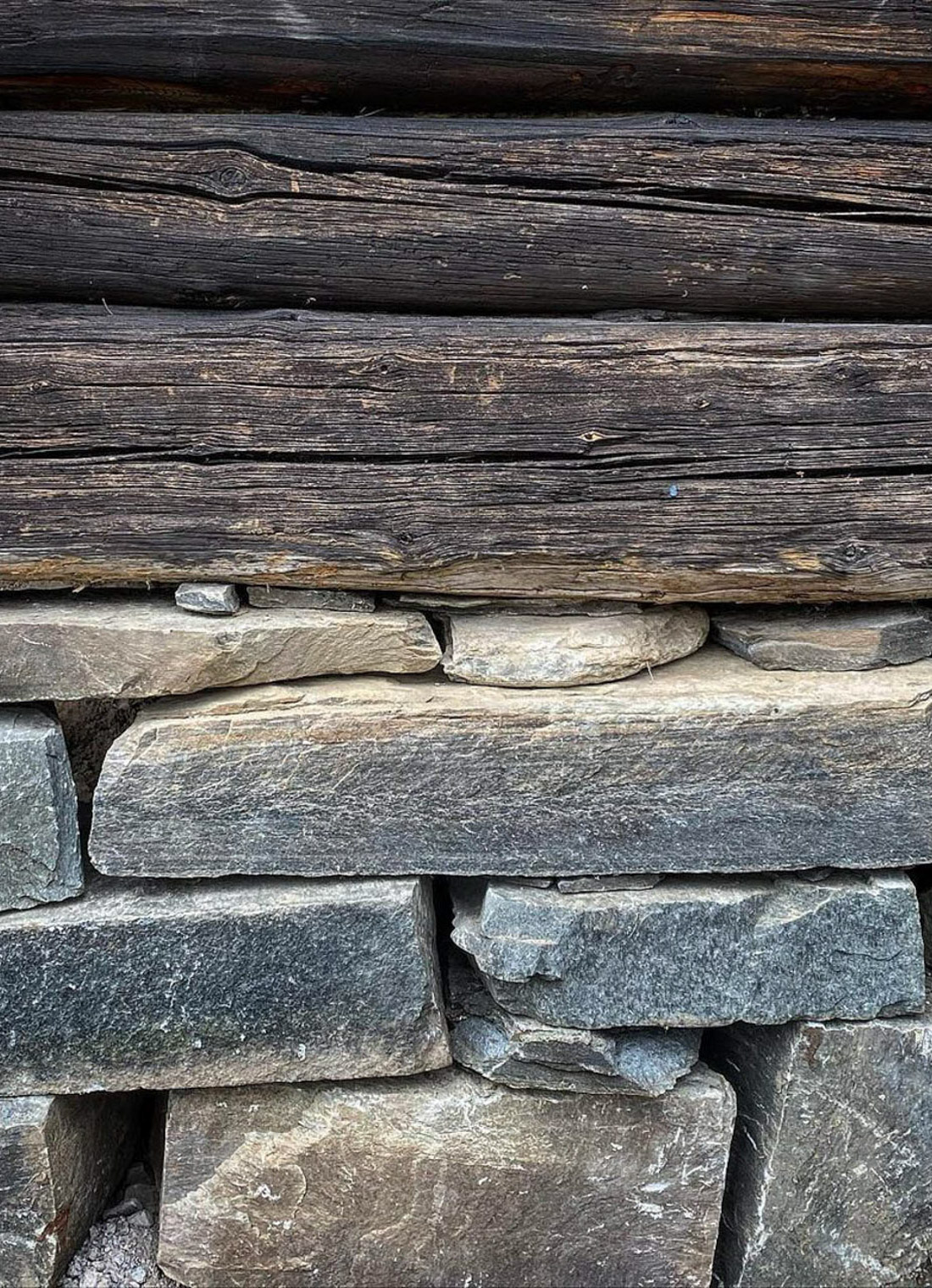
– I’m a carpenter by trade, which is how I first discovered drywalls of natural stone. What really made me fall in love with this way of building a foundation was the principle behind the construction method, Stålenhag explains.
In traditional dry stone walls, the stones are not attached together with anything. It’s gravity that holds the entire structure in place.
– I became fascinated with how clever it was, almost like Lego. And I noticed that in many of the projects I worked on, while the house itself had to be restored, the slate foundations remained untouched, he continues.
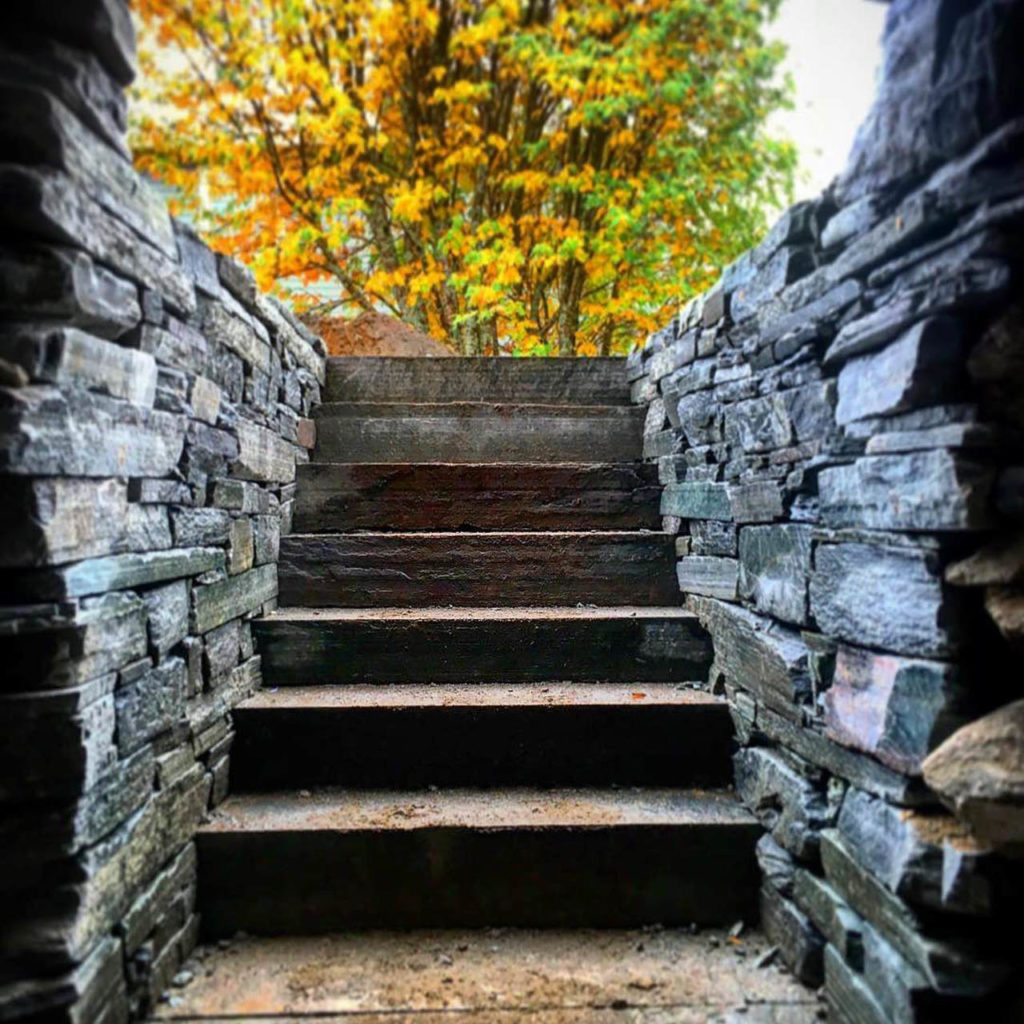
By not fixing the stones together, you can just pick them apart if, for example, you need to build something new.
See how the neighbours leftover-stone became a fireplace in award winning cabin.
-I love working in that way, as it reminds me a bit of working with wood: You’ve got a local material and you use your hands to make something with it, he explains.
If you want a sealed façade, you can use lime wash, clay or modern dry concrete inside.
– Slate doesn’t absorb moisture and can last for hundreds of years. Considering how durable this natural product is, it’s a mystery to me that more people don’t use it more, he says.
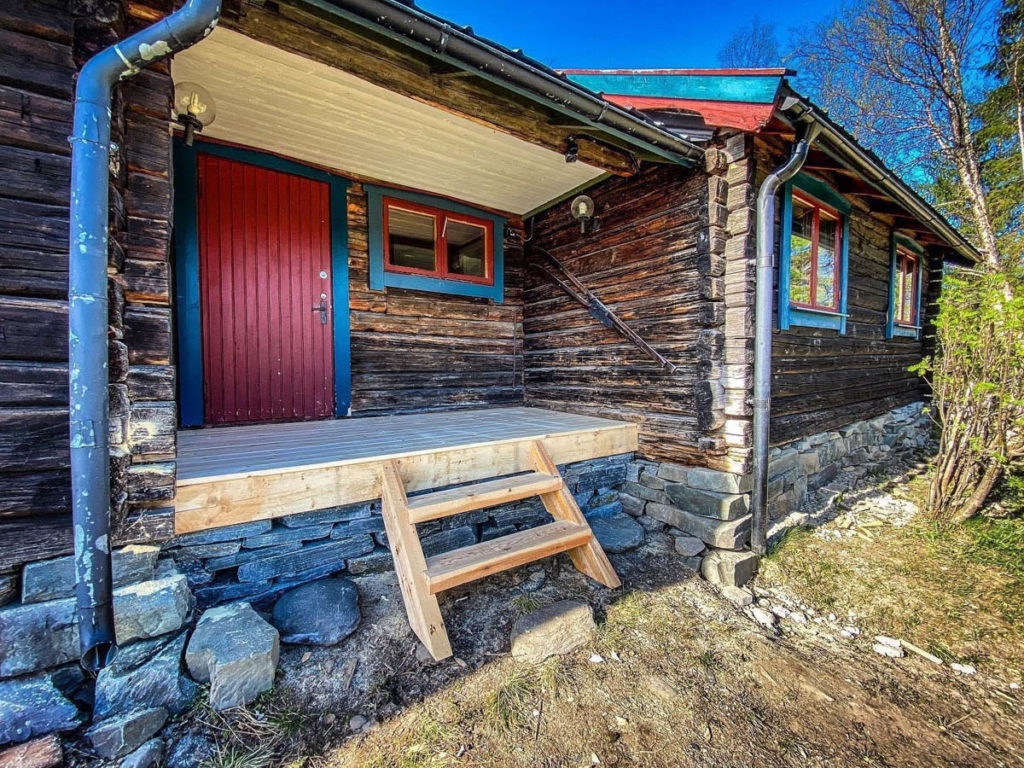
Taking its durability into account, slate is actually quite economical.
– Not many materials can be used for hundreds of years and then sold on again. Many other building materials have an expected lifespan of around 25 years. But it’s no exaggeration to say that slate can last for millions of years, he says.
Normally, when you demolish something, the building materials end up as waste, but not natural stone. So if, in 20 or 50 years’ time, you want to extend or change something, it’s quite possible.
– The more I work with it and the more I learn about it, the higher I estimate this material, he says. – Mainly because of how long it lasts.
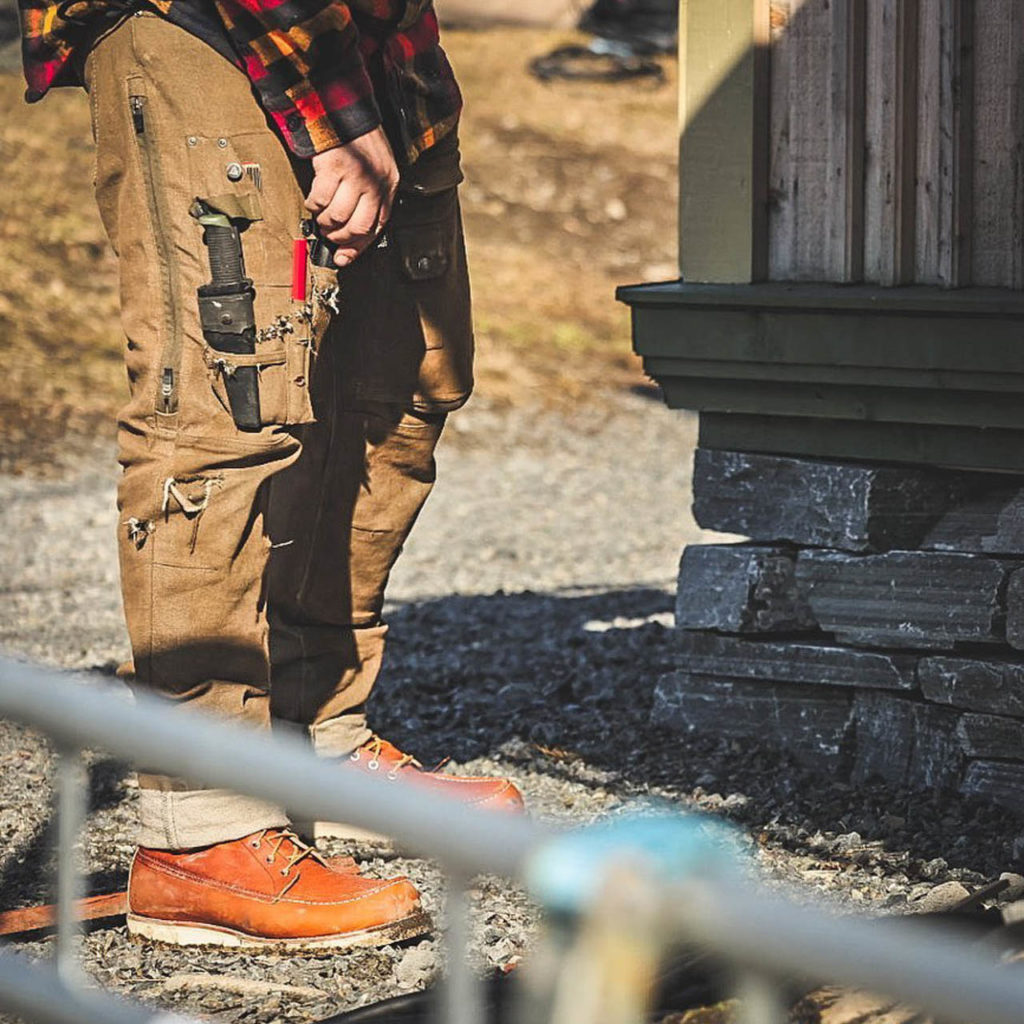
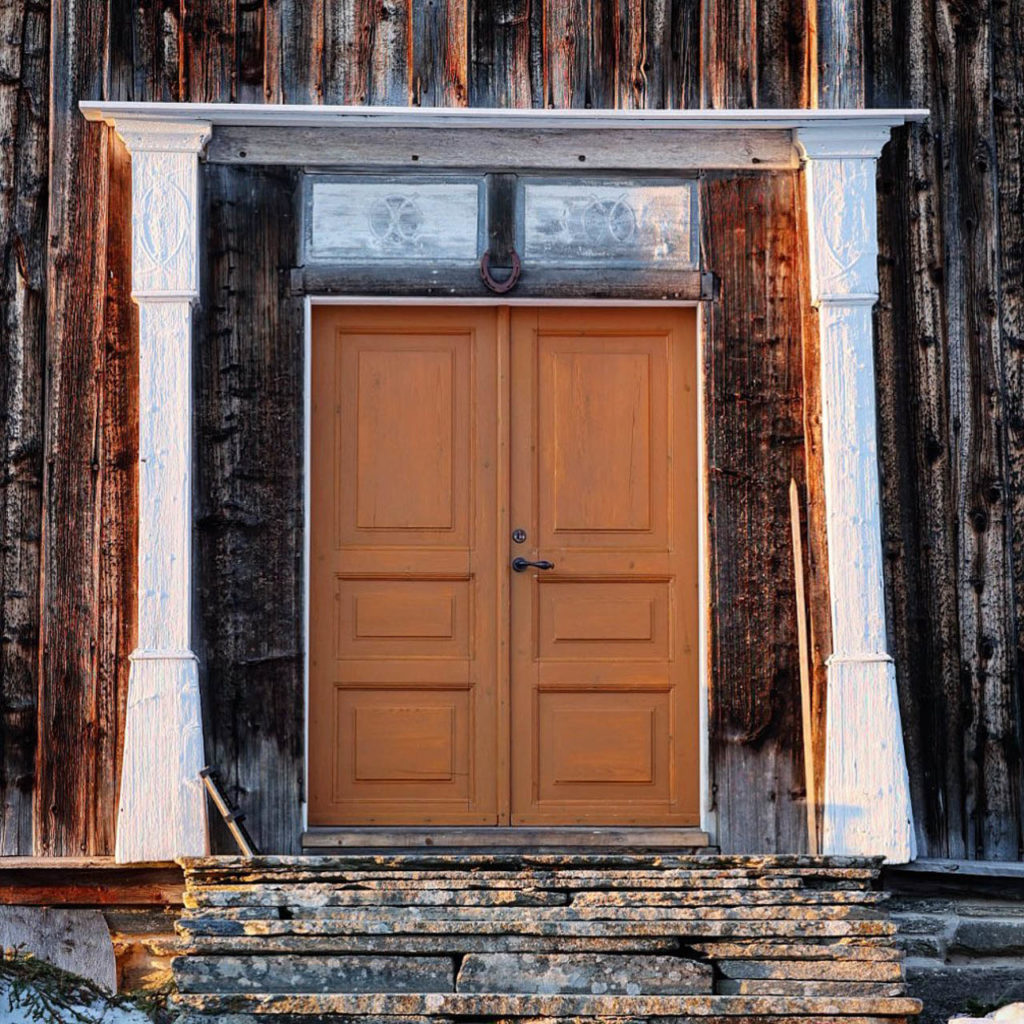
He also points out that it’s actually not so difficult to build a wall like this yourself.
– Even though slate is an incredibly solid material, it can easily be shaped with a hammer and chisel. To build a wall like this, it’s just a question of starting with what you have and adapting as you go along.
Isak Stålenhag is a self-employed carpenter and is based in Åre, Sweden. This spring, he learned first-hand just how solid a slate foundation actually is – in the worst possible way.
– At the beginning of March, my workshop, which is on my property, about 50 metres away from my house, burned down. A short circuit in the electrical system started the fire and the entire workshop went up in flames. All that was left was the slate foundations. So since these foundations are still intact, I’ll build the new workshop on the old foundations, he says.
From a purely practical point of view, it’s easy to see why a slate foundation is a good choice. But Isak Stålenhag also emphasises its more emotional value.
– Not enough people realise how beautiful a slate wall is. The play of colours in the stone is quite special and creates, at least for me, a sense of peace and security. I don’t know why it this. Maybe it’s because we were once cavemen!
He also highlights the link between the material and nature.
– Slate indoors and as flooring is more common in Norway than in Sweden. I think that’s more to do with availability. Here in Sweden, we use wood more for our floors.
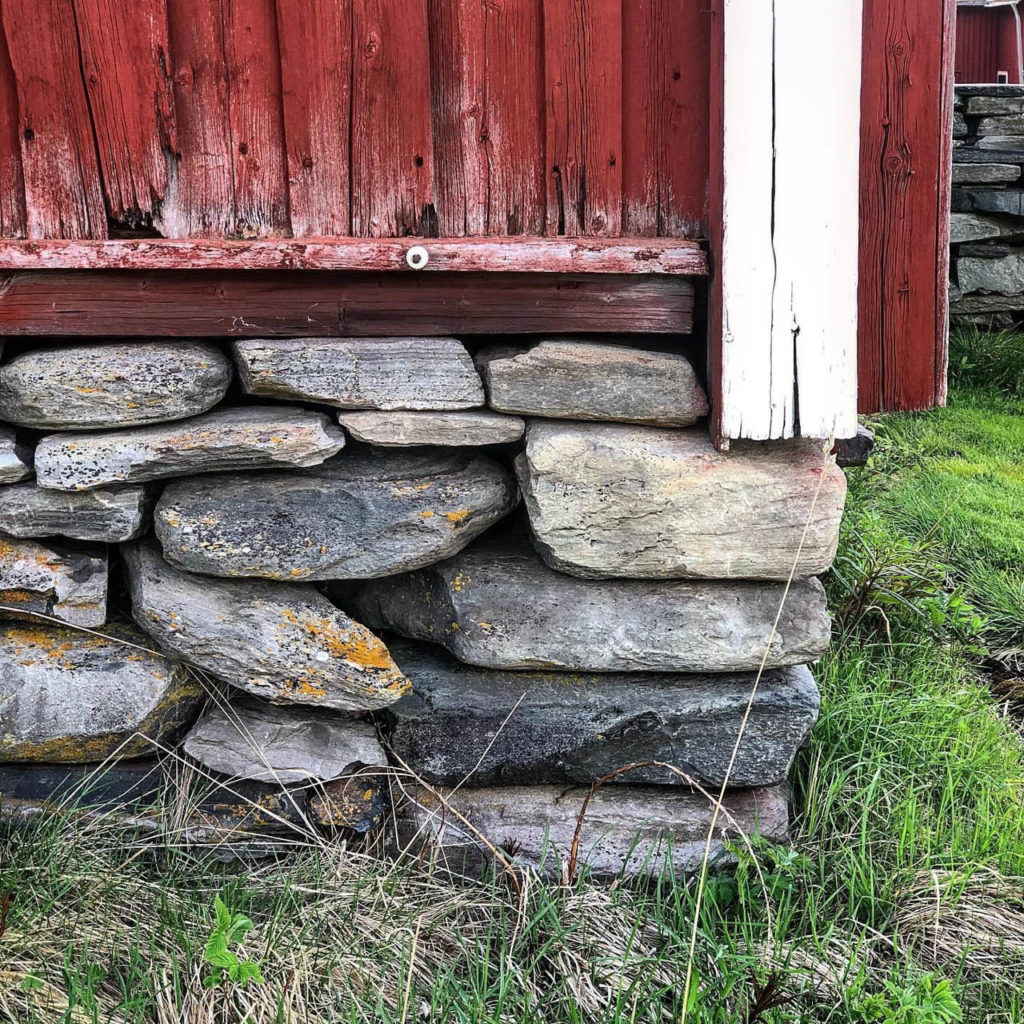
He returns to why we use this slate material.
– Wood and slate are natural materials and we’ve always worked and built with what is available locally. Building traditions are dictated by nature, he explains, and then closes the circle:
– In a way, this is also the future. To achieve the goals we’ve set for ourselves in terms of stopping climate change, we need to build with what’s available around us. And for us, that’s wood and stone.
– To achieve the goals we’ve set for ourselves in terms of stopping climate change, we need to build with what’s available around us. And for us, that’s wood and stone. Not enough people realise how beautiful a slate wall is. The play of colours in the stone is quite special and creates, at least for me, a sense of peace and security. I don’t know why it this. Maybe it’s because we were once cavemen?
Isak Stålenhag
Carpenter, specializing in traditional construction methods and restoration
